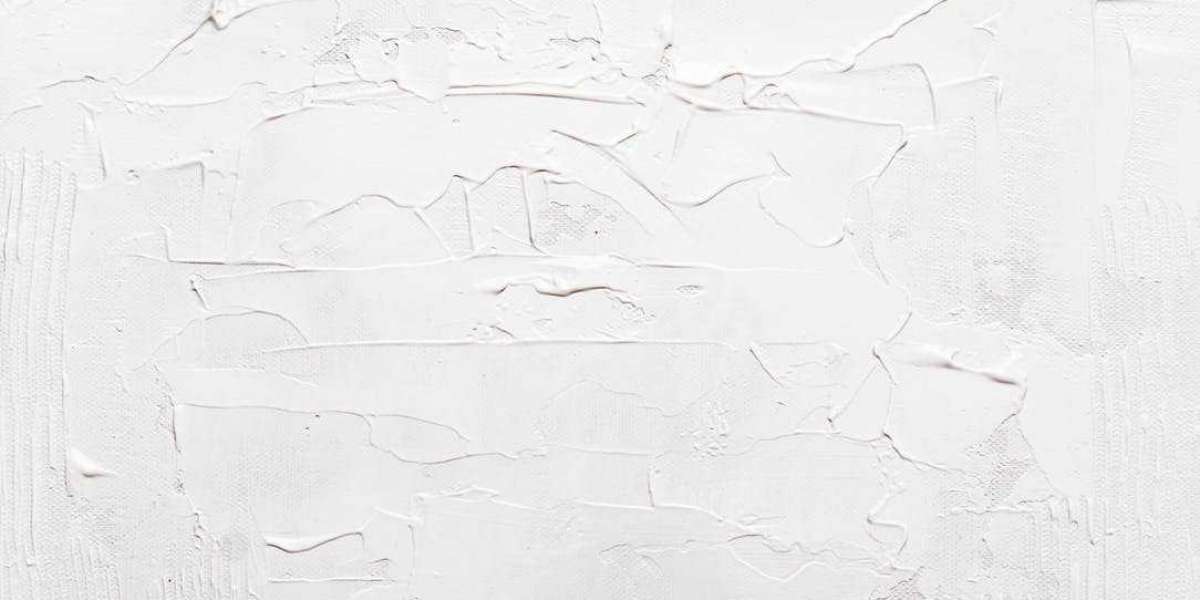MTB tyres are designed specifically for riding off-road. It's the lugs (the knobbly bits that are raised on the tyre) that help to provide grip - effectively by digging into the loose material, such as gravel and stones. The best mountain bike tyres provide grip, a low rolling resistance and some cushioning and comfort for the rider. MTB wheels come in 3 main sizes: 26", 27.5" and 29".
What tyre size do I need?
You obviously need to ensure that your tyres you choose fit the wheelset: 26", 27.5" or 29". This should be detailed on the manufacturer's label on the actual wheelset.
What tyre width do I need?
The width of the tyre is a big factor in the performance and overall feel of a bike. The wider the tyre is, because there is a higher surface area in contact with the ground, grip and traction are improved. This gives the rider greater stability. On the down side, mud clearance is reduced between the tyre and the frame and the higher friction means that speed is reduced.
In general, cross country riders tend to opt for tyre widths between 1.8 and 2.2". Downhill and 'all mountain' riders often opt for slightly wider tyres of up to 2.4".
Front and rear tyres
Many MTB manufacturers produce tyres specifically for the front or rear of the bike. This doesn't mean that you can't use a rear tyre on the front, or a front tyre on the rear, however. Front and rear specific tyres have just been optimised to provide the best performance.
So, front specific tyres will have slightly higher side lugs to the sides, but lower lugs to the centre. This creates a reduced rolling resistance but increased corner handling. Front tyres have a slightly wider profile overall. Rear specific tyres have horizontal lugs that help with traction. Often these tyres are narrower so that mud clearance is improved.
Cross country tyres
Fast rolling tyres with smoother and less pronounced lugs are usually the order of the day for cross country riders. Tyres are generally narrower too. In wet conditions, XC riders sometimes move to tyres that have larger lugs so that traction increases.
Trail and Enduro tyres
As you need more grip and a more durable tyre for trail and Enduro disciplines, tyres usually have wider profiles to handle cornering. They often utilise softer compounds which help to maintain control on tougher, rocky surfaces.
Tyre pressure
Off road tyres are marked with a pressure range. The key thing is to not go outside this range. The weight and height of the rider has to be taken into consideration alongside the riding conditions.











